Residential Investments in Germany – including Berlin Residential Investment Market – March 2021
11. Mar 2021

11. Mar 2021

Dear Reader,
In one way or another, everything is in flux: cities are transforming, but there are no apartments; the supply of housing is increasing, but so is demand; banks have become more restrictive in their lending, and yet there are more and more alternative financiers. The world is seemingly as bipolar as it has ever been, and at the same time connected in the same way as yin and yang. For this issue of our newsletter, we have therefore brought together different perspectives that reflect the broad spectrum of the real estate industry and also dare to examine both sides of the issues that matter. In addition to a look at the rising importance of alternative financiers and an exploration of the clever interplay between housing stock and new construction.
We hope you enjoy reading this issue’s interesting and informative articles.
Your JMS and JG

Oliver Koch | COO of Fortis Real Estate AG
The lower interest rates fall, the more investors flock to real estate. And the more demand grows, the higher prices rise. So, nothing surprising there, then. Daily news bulletins are full of reports about how low interest rates are driving people to invest in real estate and securities. It is equally clear where this is all heading: homeownership becomes more and more expensive with every month that passes. We’ve now arrived at the point where virtually no one can afford to buy a new-build anyway, and what housing is available in sought-after locations sells like hot cakes.
So what needs to be done to get house prices back to a more sustainable level? Perhaps guaranteed interest rates in the investment and insurance markets need to be raised? Or maybe a sudden upward base rate correction?
I am just as sceptical of such suggestions as I am of the prevailing, and very one-sided, view of real estate price growth. Nobody buys a property with cash. Every private house purchase involves banks and savings banks. For 99 per cent of the population, buying a house or condominium will be the biggest purchase of their lives. And they’ll need at least one loan or mortgage to make it happen. As I see it, then, the absolute prices of residential property are relative. They need, at the very least, to be seen in a fair relationship – to supply and demand, certainly, but above all also to the interest rate environment and the financing landscape.
Potential buyers with normal, healthy credit ratings are currently going to be charged interest rates of between 0.5 and 1.0 per cent. That is a full 2.0 percentage points less than 2015 – and 4.0 per cent less than 2011. The upshot? Financing a property purchase has never been more affordable. As an example, let’s take a mortgage with a classic 2.0 per cent repayment rate, ten-year fixed term and a total monthly payment of €1,500. Then, let’s apply interest rates of 5.0, 3.0 and 1.0 per cent. In 2011, our sample buyer would have been able to borrow €257,000. In 2015, they would have got €360,000. And today? A mortgage of €600,000. That’s certainly nothing to be sniffed at. Especially as there are now a range of help-to-buy schemes, including grants for families with children and subsidised KfW loans. What’s more, since December 2020, real estate agents’ fees have been split equally between buyers and sellers, which has cut the ‘soft’ costs associated with buying a new home. Moreover, a reform of real estate transfer tax is still on the political agenda, even if the federal government is unlikely to implement the tax cuts for first-time buyers it promised in the coalition agreement before the end of this legislative period.
In my opinion, many potential buyers back are being held back because they lack confidence in their own wealth-creating and earning capabilities. When they start to think about buying a home, they are confronted by such large and abstract figures that they start to question whether they will ever be able to pay off the largest investment of their lives. But absolute prices alone are not a meaningful indicator. We can only appreciate the true costs of homeownership by looking at the ratio between prices and interest rates. If only this were more widely understood, so many more hesitant potential buyers would make the leap into homeownership.

Maximilian Könen & Lucas Boventer | Managing Directors
Investments & Institutional Coverage of Linus Digital Finance
The market for real estate financing is evolving. Banks, building societies and savings banks, as traditional lenders, are becoming increasingly risk-averse and more and more reluctant to finance portfolio purchases and real estate developments. A growing number of alternative lenders are now stepping up to fill the vacuum left by the banks.
Traditional lenders have become more cautious than ever before, thereby opening up new opportunities for alternative debt instruments, including loan funds and institutional investors. So far, alternative financing has largely been restricted to subordinate/junior loans and transactions with higher loan-to-value ratios. The classic financing structure typically consisted of a senior tranche of up to 60 per cent, provided by banks, building societies or savings banks, coupled with a junior tranche of mezzanine financing to bring the debt capital up to about 85 per cent. The remainder was equity.
New opportunities for lenders
Since banks are increasingly only providing loans for lower loan-to-value transactions, alternative lenders are making their move. And, as the banks realign their lending profiles, alternate lenders are benefiting from significantly lower risk exposure. Investment opportunities for lenders are also increasing. In contrast to the pre-coronavirus status quo, borrowers are not only turning to alternative lenders to finance new construction projects. Instead, alternative lenders are increasingly being called upon to finance portfolio acquisitions, another indicator of the move into lower risk market segments.
And let’s not forget another major advantage: While banks, building societies and savings banks often need weeks or months to greenlight a loan application, alternative lenders are both liquid and lean, which means they can make decisions quickly. Given the current situation – the coronavirus pandemic and lockdown restrictions – speed is often of the essence as new opportunities emerge. And alternative lenders are ready and waiting to help developers and investors strike while the iron is hot, rather than missing out as they wait for a bank to complete its sluggish loan approval process.
As result of these developments, a growing number of transactions are going ahead with no traditional bank involvement whatsoever, not even to cover the conservative senior tranche of 50 to 60 per cent loan-to-value. This presents yet another opportunity for alternative providers. Increasingly, developers and investors are looking to alternative lenders to provide all of the financing they need, i.e. ‘whole loans’. Increasingly, traditional banks are being cut of the loop entirely.
The interplay between banks and insurance companies
However, lower risk inevitably means lower interest rates. Even if their faster approval processes mean that alternative lenders can command a premium on the market, current interest rates for lower LTVs are still not particularly attractive for mezzanine loan funds. As a result, loan funds frequently syndicate the senior tranches. And this is where banks and insurance companies come back into play again. But why are they so reluctant to take on the senior financing up front, only to step in so late in the day? Well, first of all, smaller institutions in particular are keen to diversify their existing real estate financing portfolios. Second, such a strategy provides banks without their own real estate financing divisions access to the attractive senior financing market.
Nevertheless, it would be a mistake to think that we owe these recent financing market developments to the current pandemic. Loan funds and mezzanine instruments were already on the rise long before Covid-19 came along. The corona crisis has merely exacerbated an existing trend and accelerated its growth. In particular, the ability to move at speed can be decisive in a market environment that creates so many individual investment opportunities. And it is this factor that currently favours alternative providers. But even long after the current crisis, this is a trend that is here to stay. Given the strength of demand from investors and developers, alternative financing providers are well on their way to establishing themselves as major players in the financing market. Not only do they offer accelerated decision-making processes, they also fill the financing vacuum created by overly cautious banks with highly liquid capital. At the same time, they also allow regional banks and savings banks to diversify their asset structures. These are all persuasive points, and not only in times of crisis.

Philipp Pferschy | Board Member of GIEAG Immobilien AG
The development of fully integrated neighbourhoods has a long tradition in Germany. As early as the dawn of the twentieth century, urban planners were incorporating the concept of holistic neighbourhoods in their planning. Such early efforts were driven by large industrial companies, Siemens, AEG and large-scale steel plants, around which estates of factory housing were built. In recent years, the concept has experienced something of a renaissance, especially as it addresses the needs of every aspect of modern urban development: business, residential and social. What’s more, well-planned neighbourhoods reflect a completely new attitude to life. In the past, populations used to emphasise the strict separation of work and family life; nowadays the two are increasingly intermingled. Intelligent strategies can amplify this trend in such a way that it is perceived as a benefit rather than a burden. After all, wouldn’t it be great if your office was only a short walk from where you live? How about being able to drop your child off at the nearby daycare centre on your way into work in the morning? Or picking up a few essentials at the local supermarket on your way home in the afternoon? You could even grab a quick snack in the restaurant around the corner during your lunch break. And in the evening, before you make yourself comfy at home, you could always squeeze in a quick round of sport at the gym.
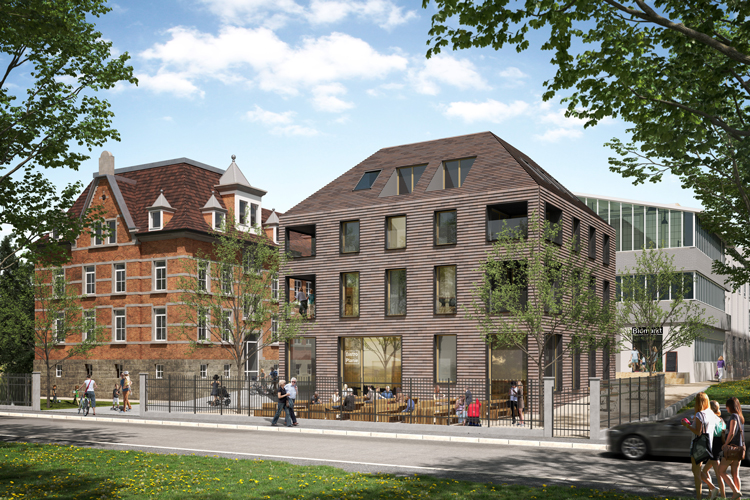
Creating space for people to come together
But is it really enough if people only really ever meet while they are on their way from A to B? Is this how relationships and friendships are cultivated? Building a community requires more than a shared identity in the form of attractive neighbourhood branding and a shared address. What neighbourhoods need are places where people can meet, exchange ideas and be active together. And well-designed neighbourhoods create the right environment by paying as much attention to open spaces as they do to the “inner life” of the neighbourhood’s actual buildings.
You can only encourage people to enter into a dialogue if you create the right framework. And this means building a neighbourhood with lots of open spaces between the buildings. However, it is not enough to simply create open spaces. You also need to make the effort to design them as integral components of the neighbourhood as a whole. It is not enough to provide a green space and three benches – you need a concept to promote interaction and communication. That could be sports facilities or playgrounds. And every neighbourhood needs spaces where people can simply sit and relax. Then there’s urban gardening, for example, which has established itself as a major trend and can be easily embedded in neighbourhoods. Communal gardening, tending flowers and vegetables, not only serves to help educate children, it also helps transform the idea of “community” into something tangible and real. And wasn’t this the original idea behind neighbourhood squares? Weren’t they once intended as an alternative to private gardens within the city?
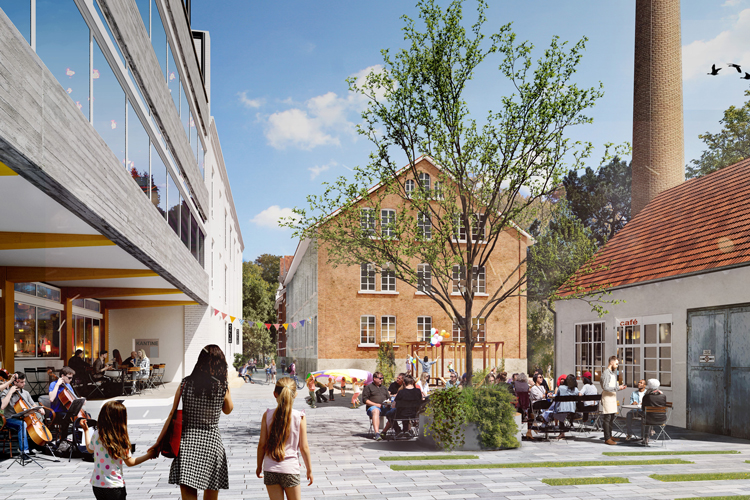
Breathing new life into old ideas
There is another major dimension to creating open spaces within modern neighbourhood developments. Ludger Basten, Professor of Economic and Social Geography at the Technical University of Dortmund, believes that well-designed squares have a pivotal role to play in establishing a strong sense of neighbourhood identity. And, according to Professor Basten, if we want to design squares that live up to this role, we need to be brave enough not to automatically fall back on old templates. Whenever we develop a new square, we need to decide where we can draw on past experience – and where new approaches and ideas are needed. As our expectations of the neighbourhoods in which we live and work evolve, we need to face up to new challenges, take on new tasks and develop even more innovative business models. And it is only by adopting a fully integrated concept that we can transform the development of a property into a new and successful asset class.

Jürgen Michael Schick, FRICS | President of German Real Estate Association IVD
In a recent article under the headline “Der Berliner Mietendeckel zeigt Wirkung” (“The Berlin rent cap is working”), Immobilienzeitung reported on an analysis of the housing market conducted by the online portal Immobilienscout24. Here’s what the article had to say:
“The Berlin rent cap was introduced just under a year ago and is already having an impact on the market. At least this is the conclusion drawn by an analysis of Berlin’s rental housing market conducted by the online portal Immobilienscout24 to mark the first anniversary of the rent cap legislation. As a result of the cap, asking rents have fallen. According to the Immobilienscout24 study, asking rents in Berlin have fallen by an average of 7.8% over the last 12 months. The study’s authors also note, however, that three-quarters of rental listings exceeded the city’s rent cap one year after it came into force. Moreover, the number of listings on the portal has fallen drastically”.
Analyses like these are doubly wrong.
Are rents in Berlin falling because of the rent cap? I suspect that many landlords are no longer even advertising their apartments. Whenever an apartment becomes vacant, landlords can usually find suitable tenants via word-of-mouth recommendations from their existing tenants. Then there’s the vociferous left-wing campaign against what some have christened ‘shadow rents’. Basically, tenant activists have accused landlords of formally agreeing higher rents with their tenants, only to ‘discount’ them for the duration of the rent cap. These claims have attracted a great deal of media attention and have, unsurprisingly, discouraged many landlords from ever listing their vacant apartments on the open market. Instead, they are increasingly relying on private channels, often through the previous tenant. At the top end of the market, demand is so strong that there is almost no need to advertise publicly. In the case of upscale apartments in desirable neighbourhoods, the previous tenant is usually happy to provide a reference and suggest a potential new tenant. And because the same strategy is far less likely to succeed at the lower end of the market, upscale apartments are listed far less frequently than other types of apartment. This is certainly the case for my own property portfolio. And if other owners are doing the same, which I expect they are, it would mean that the proportion of listings for apartments in the lower segment of the market have increased. As a result – oh wonder of wonders – the average asking rent for properties listed on Immobilienscout24 would logically be lower than in the past. Thus, concluding that the rent cap is working because asking rents on Immobilienscout24 are falling is clearly far too short-sighted. Announcements like these from online property portals are of no use to anyone. It would be far more helpful if someone would analyse the decline in median asking rents scientifically and systematically.
I claimed above that this type of analysis is doubly wrong. The second reason is that such reports entirely ignore the fact that rents are falling almost everywhere in Germany –not just in Berlin, where the rent cap applies. Just recently, researchers at F+B published a study confirming that new contract rents across Germany stagnated over the previous 12 months. In 27 of the 50 most expensive towns and cities, new contract rents actually fell. IVD research has also confirmed that rents in Germany’s top 6 cities are performing below the national average. The era of skyrocketing rents is history. The volume of housing construction in Germany has increased so strongly that the additional supply is now having an impact on rental prices. The number of apartments being completed in Germany has almost doubled in comparison to previous years.
Housing construction is back on an even keel and is now providing relief to overheated rental markets – no thanks to the populist left-wing rent cap. But the fact that the construction of new housing is being prevented in Berlin is also part of the picture. If the market was allowed to work in the capital as it does in the rest of Germany, would-be tenants would be spoilt for choice. But the left won’t make life easier for tenants because it would rob them of one of their key election issues. And that’s the last thing they want.
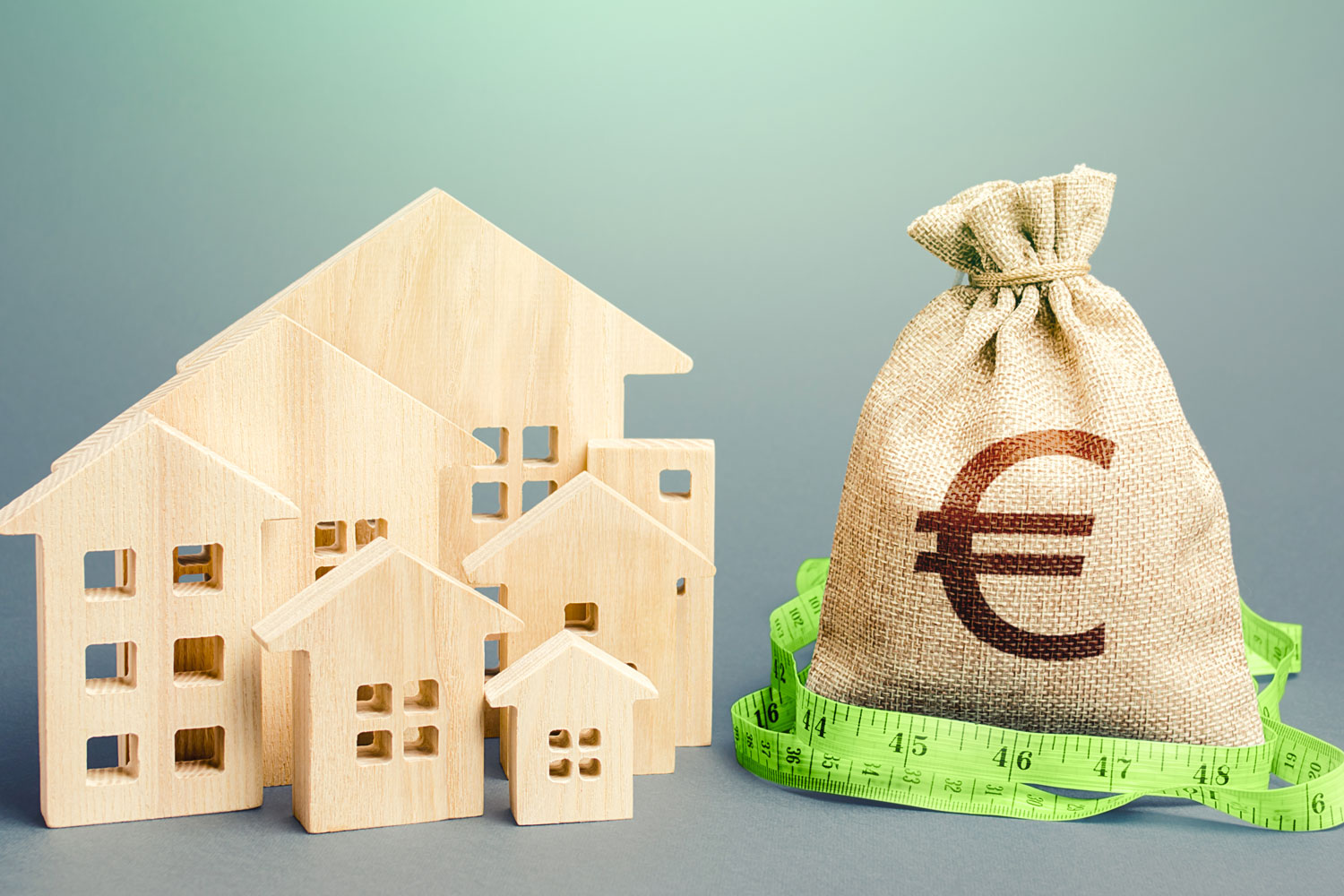
Despite the coronavirus crisis, property prices in Germany continued to rise in 2020. At the same time, the pace of rental price growth in major cities levelled off. Both of these developments were confirmed by the latest data from the Association of German Pfandbrief Banks (vdp). According to the vdp, property prices rose by an average of 5.9 per cent for the year as a whole, boosted by a rise of 6.0 per cent in Q4. In comparison, process rose by 6.4 per cent in 2019. Upon closer examination, however, the data reveal clear differences between price movements in individual asset classes and submarkets. While prices for residential real estate rose by 7.5 per cent in Q4 2020, commercial real estate only gained 0.6 per cent. For the year as a whole, prices in the two segments rose by 6.8 and 3.1 per cent, respectively. The rise in residential property prices in Germany’s seven largest cities was somewhat less pronounced. Prices for residential property in the top seven rose by 3.5 per cent overall and by 4.7 per cent in Q4; in the owner-occupied segment, the increases were as high as 4.9 and 5.7 per cent.
German property owners are making their buildings more energy-efficient. According to official figures, the 600,000 applications for the Federal Ministry for Economic Affairs and Energy’s energy-efficiency refurbishment programmes was almost twice as many as had been submitted in 2019. The extra funding will double the building sector’s CO2 savings to 14 million tons by 2030. These impressive figures have been achieved on the back of a substantial increase in funding and improvements to the programmes’ funding conditions. In 2019, the German government allocated €1.85 billion to energy-efficient refurbishments. The figure for 2020 was almost €8.6 billion, which funds a variety of programmes, including the KfW Bank’s CO2 building rehabilitation programme and the Market Incentive Programme (MAP). One of the main drivers of energy-efficiency refurbishments was the dramatic increase in demand for subsidies for the installation of renewable heating systems. According to the Federal Office of Economic Affairs and Export Control (BAFA), applications for this type of subsidy alone rose from 76,000 in 2019 to more than 280,000 in 2020. The building sector has a pivotal role to play in ensuring that Germany achieves its climate protection targets. Almost 40 per cent of the energy consumed in Germany is attributable to the building sector.

The debate on whether to expropriate large rental housing companies in Berlin is back. The activists behind the “Expropriate Deutsche Wohnen & Co.” campaign have just declared that they are ready to move forward with the second stage of their petition for a city-wide referendum on housing expropriation. Earlier in their campaign, they managed to collect 77,000 signatures calling for a referendum. Now, over the next four months, the activists are looking to sign up at least seven per cent of Berlin’s voters (approx. 175,000 signatures). If the campaigners are successful, Berlin’s voters will then be asked to vote on the expropriation of housing companies with more than 3,000 units on 26 September, in parallel to the General, state and local elections taking place on the same day. Jürgen Michael Schick, president of the IVD, warned of the consequences for the future: “No investor will risk investing in socialist Berlin. This will have ruinous consequences on our city’s housing stock, the construction industry and the economy as a whole”.
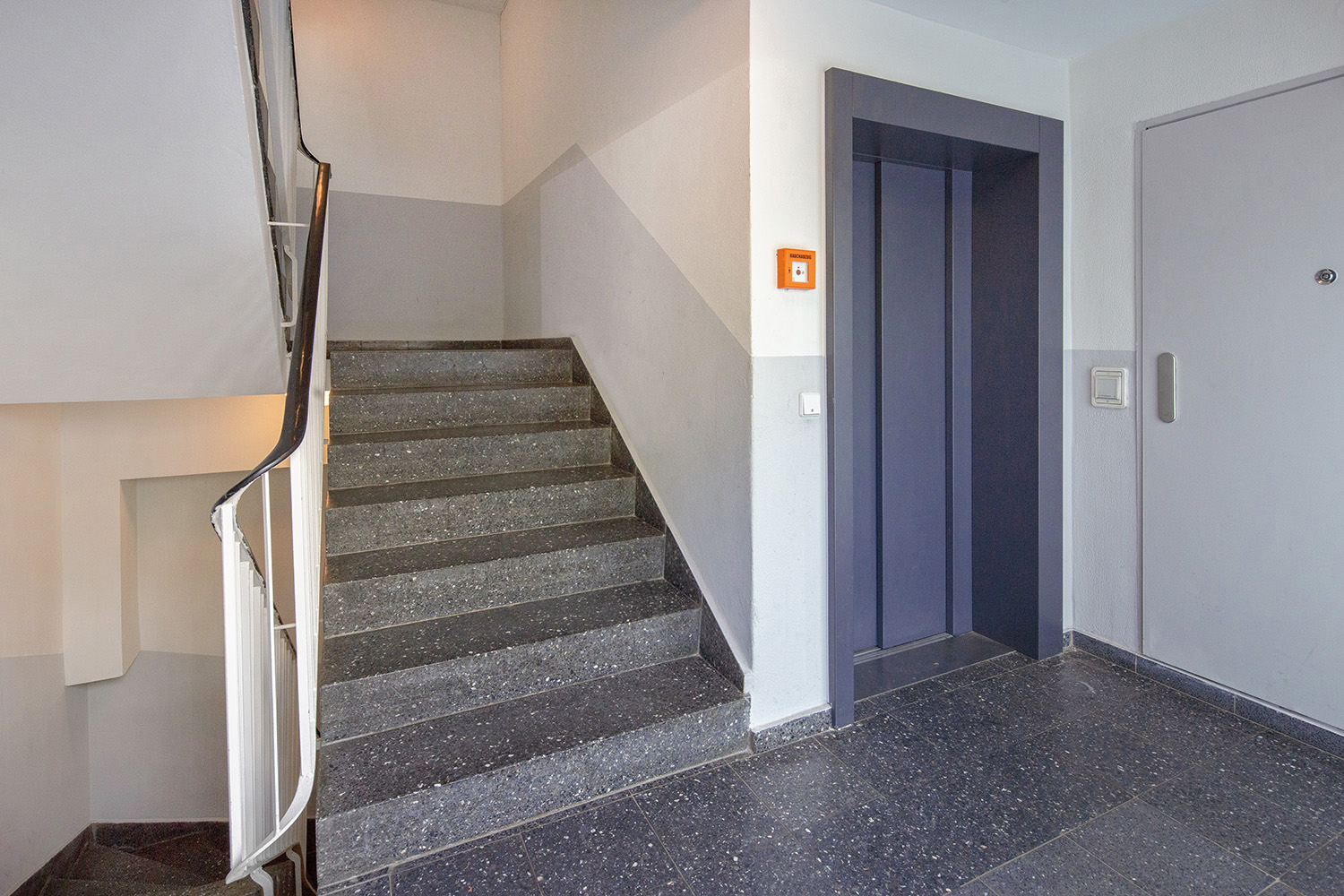
Renovated apartment building with vacant units and potential for new construction in Charlottenburg-Wilmersdorf
This residential and commercial building, built in 1965, was extensively modernized in 2016. The upgrades to the building included an attic conversion, the installation of an elevator and the renovation of the facade and basement. The property comprises a front building and a left side wing. All in all, the property consists of six full floors and one recessed floor and has 16 residential units and 5 commercial units. The property is built on a 1,089-sq m plot and the inner courtyard accommodates 22 parking spaces. Some of the space currently used for parking has been approved for the construction of a new building with approximately 700 sq m of living space. The plans for the new building envision five floors plus a recessed floor with roof terraces, which will be added to the existing building as a right side wing. Daily necessities, various cafés and restaurants can be reached within a few minutes’ walk. There are excellent public transport connections via commuter rail and subway. The A100 freeway is very easy to reach via the nearby junction.
Price: €8,000,000 plus 7.14% commission (incl. VAT)
Lettable area: 2,047 sq m
Annual net rent: €206,838
Information acc. to energy performance certificate: energy consumption 106.3 kWh/(m²*a), energy-efficiency class D, oil, built in 1965
(Please quote property reference number 52363 when making your enquiry)
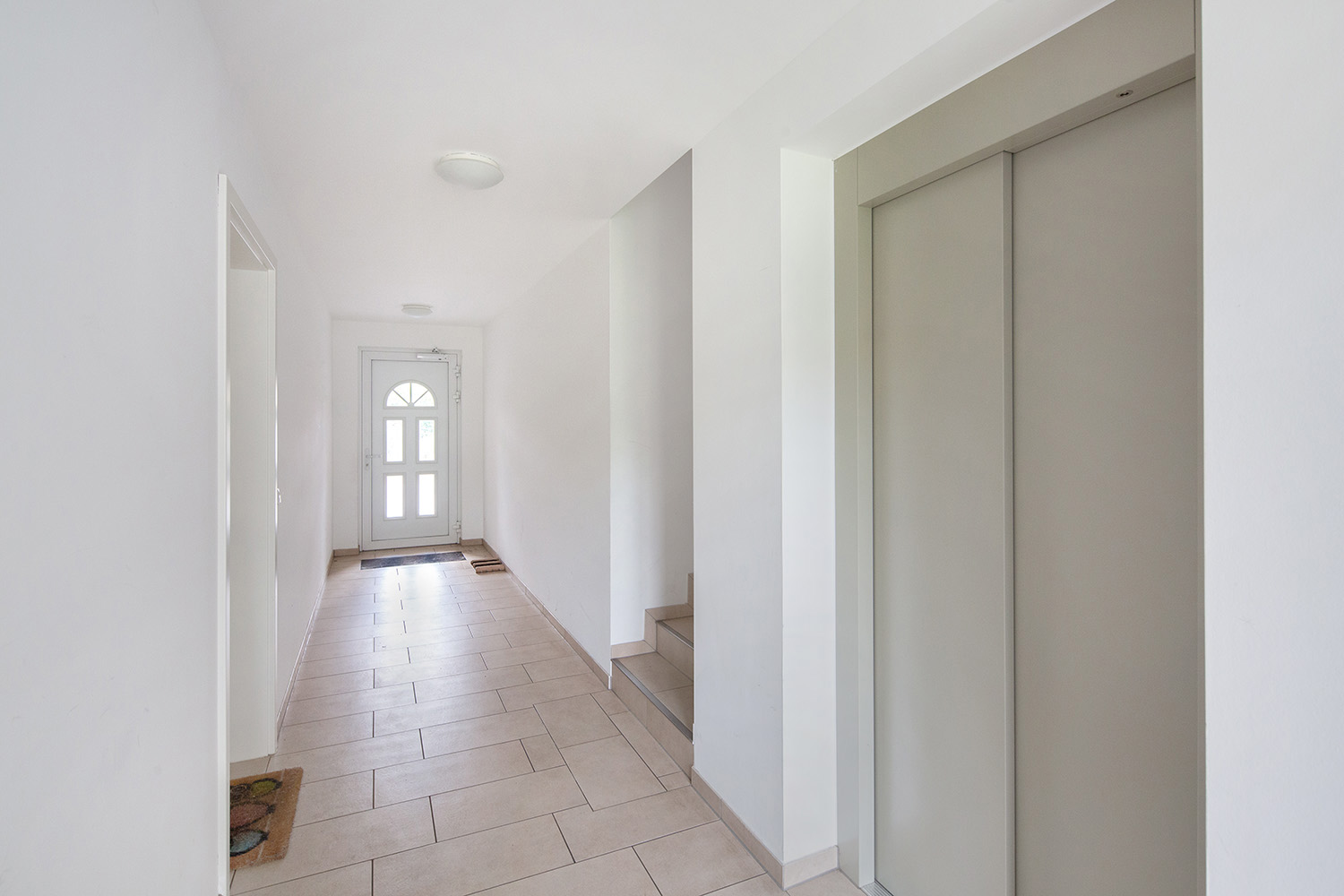
Residential development with two attractive apartment buildings in Falkensee
This residential complex is currently under construction and consists of two apartment buildings with 20 units each. The two-story solid construction buildings with full basements will be built to modern, high-quality standards featuring floor-to-ceiling windows and roof-mounted solar panels. The average living space per unit is 52.5 sq m. Apartments in this size segment in particular are in short supply in Falkensee. Each apartment is allocated a cellar compartment and a parking space. Falkensee is an attractive business location and one of the best-connected towns in the Berlin region. Train and bus connections offer good access to Berlin and Potsdam.
Price: €8,500,000 plus 7.14% commission (incl. VAT)
Lettable area: 2,100 sq m
Expected annual net rent: €340,200
No energy certificate available as this is a new construction project.
(Please quote property reference number 52256 when making your enquiry)
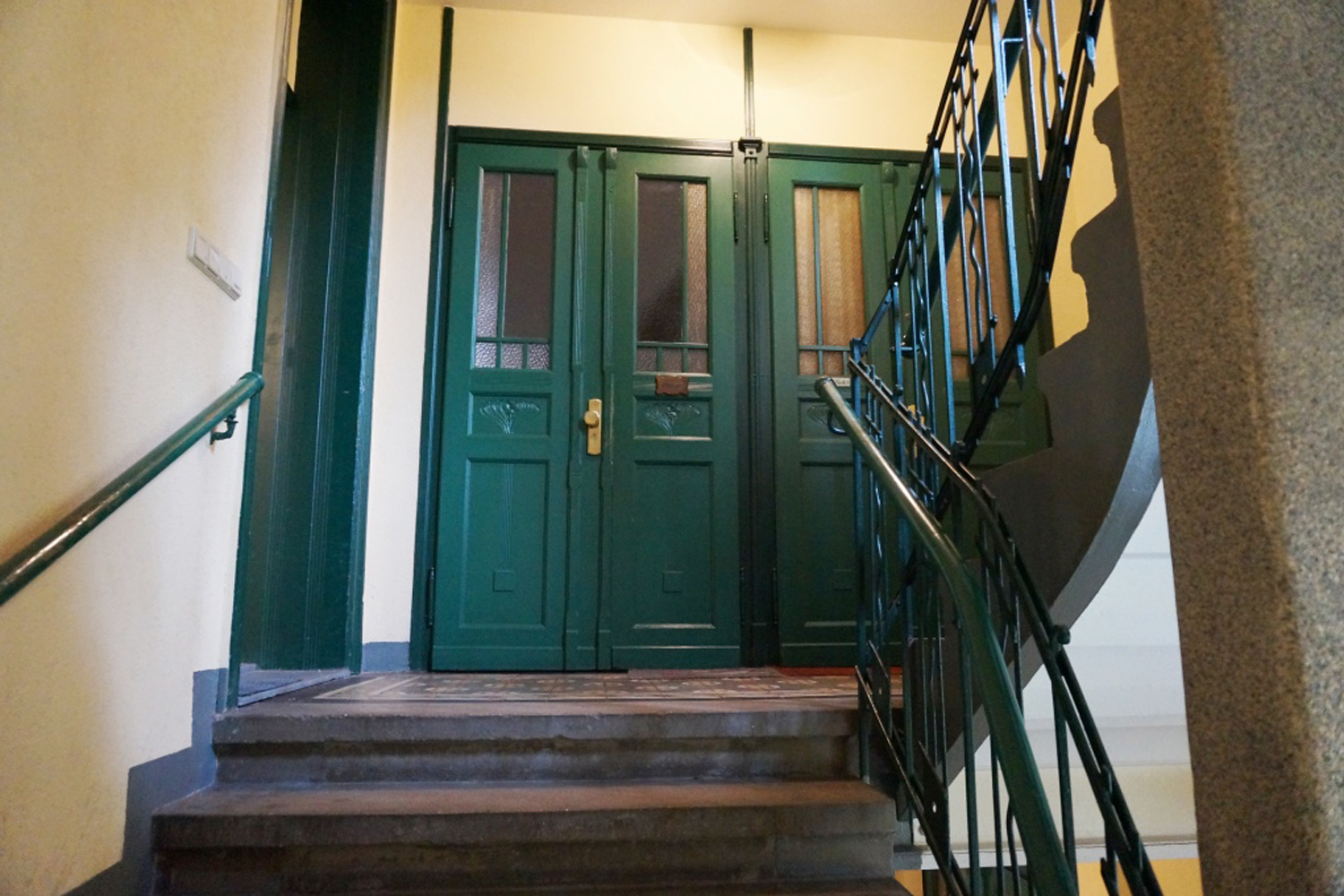
Beautiful 1909 corner building in one of the most desirable locations in Chemnitz
This residential and commercial building, built in 1909 and extensively renovated in 1996, is located on a 960-sq m plot. The property consists of four floors and an unconverted attic. The 13 apartments and two commercial units have a combined rentable area of approximately 1,312 sq m. The property borders directly on central Chemnitz and is one of the most sought-after residential areas of the city with its many small pubs and bars. Furthermore, there are several day-care centers, schools and playgrounds in the immediate vicinity. Bus lines connect the neighborhood with the city center, which can also be reached on foot in about 20 minutes.
Price: €1,800,000 plus 7.14% commission (incl. VAT)
Lettable area: 1,312 sq m
Expected net rent: €75,260
Information acc. to energy performance certificate: energy consumption 144.3 kWh/(m²*a), energy-efficiency class E, natural gas, built in 1909
(Please quote property reference number 52316 when making your enquiry)